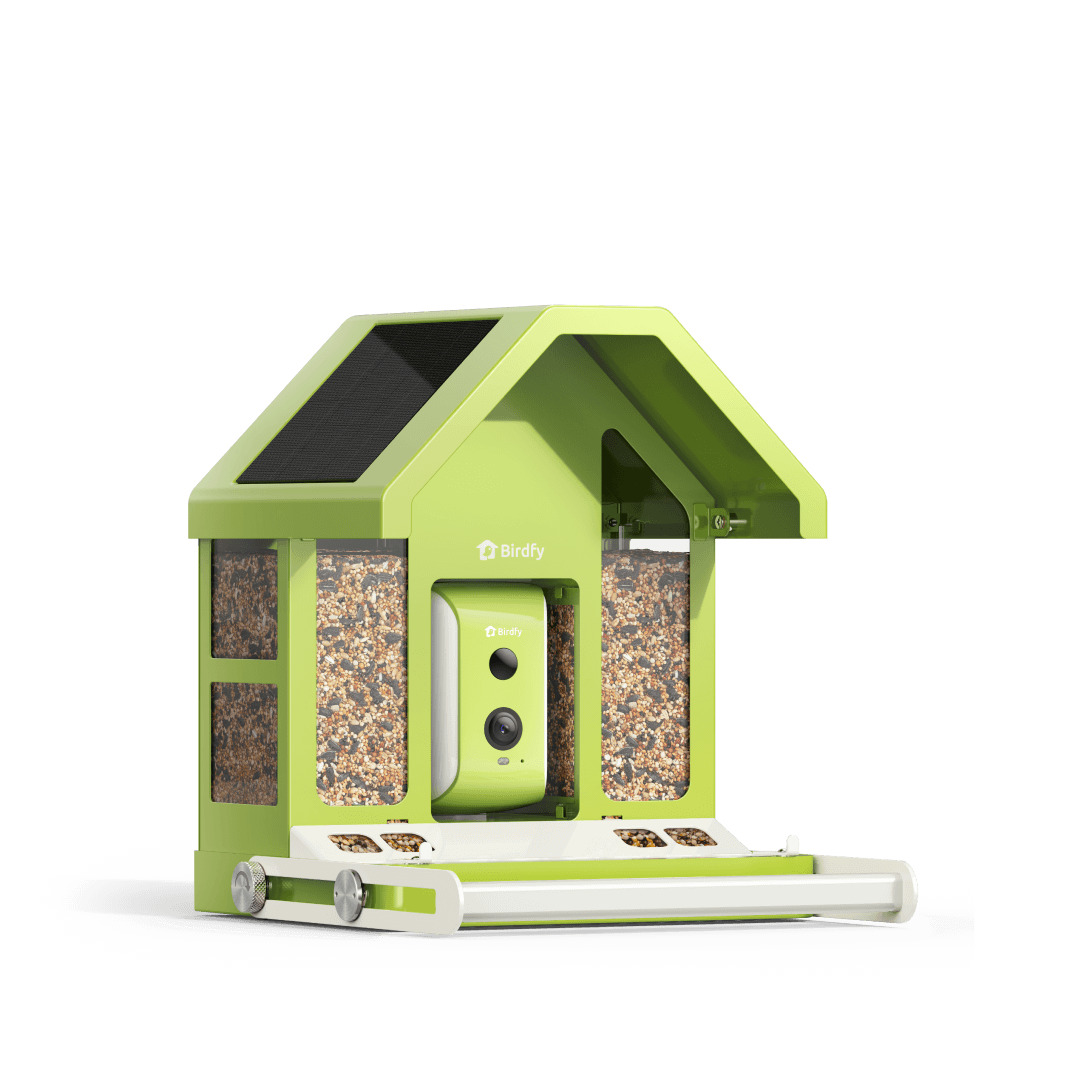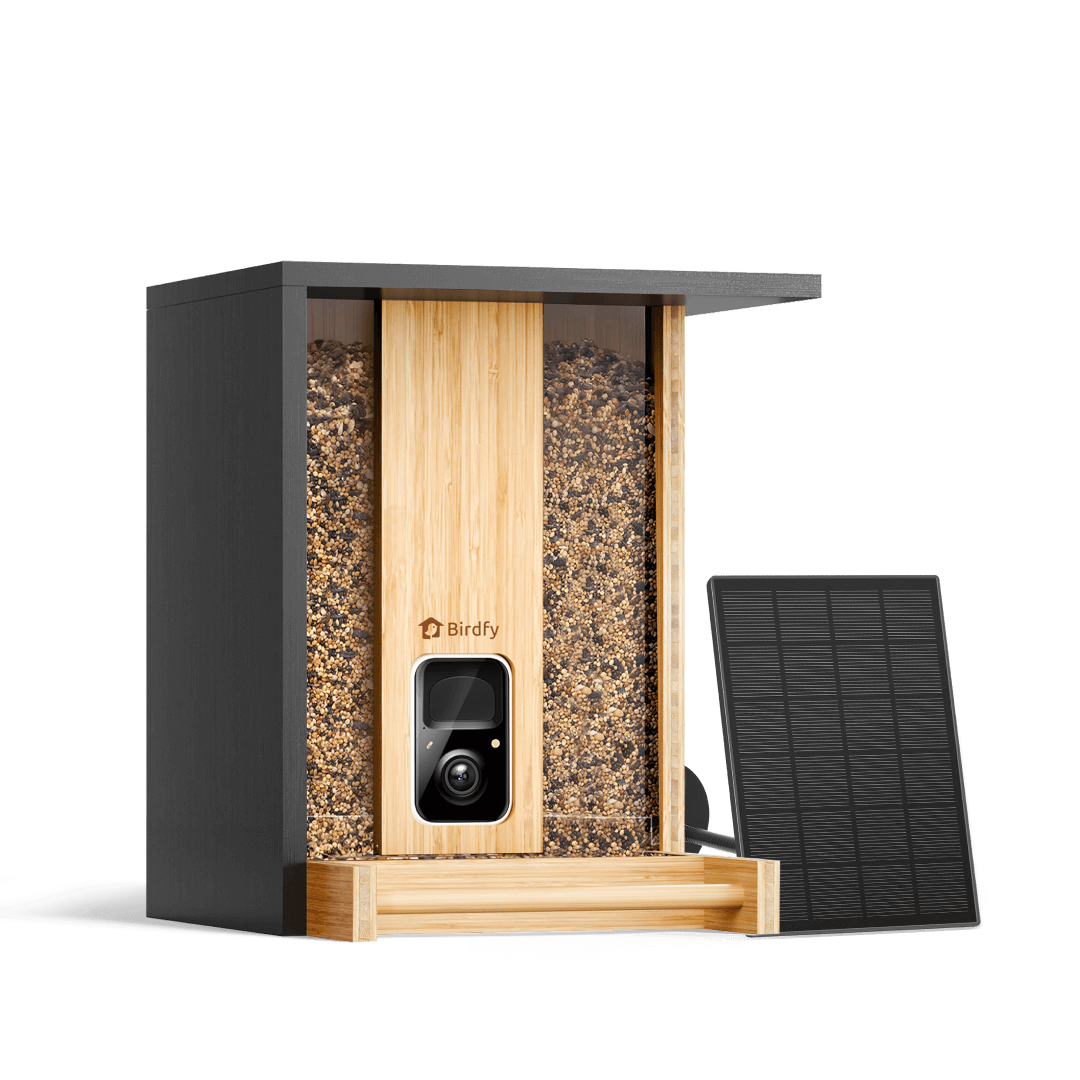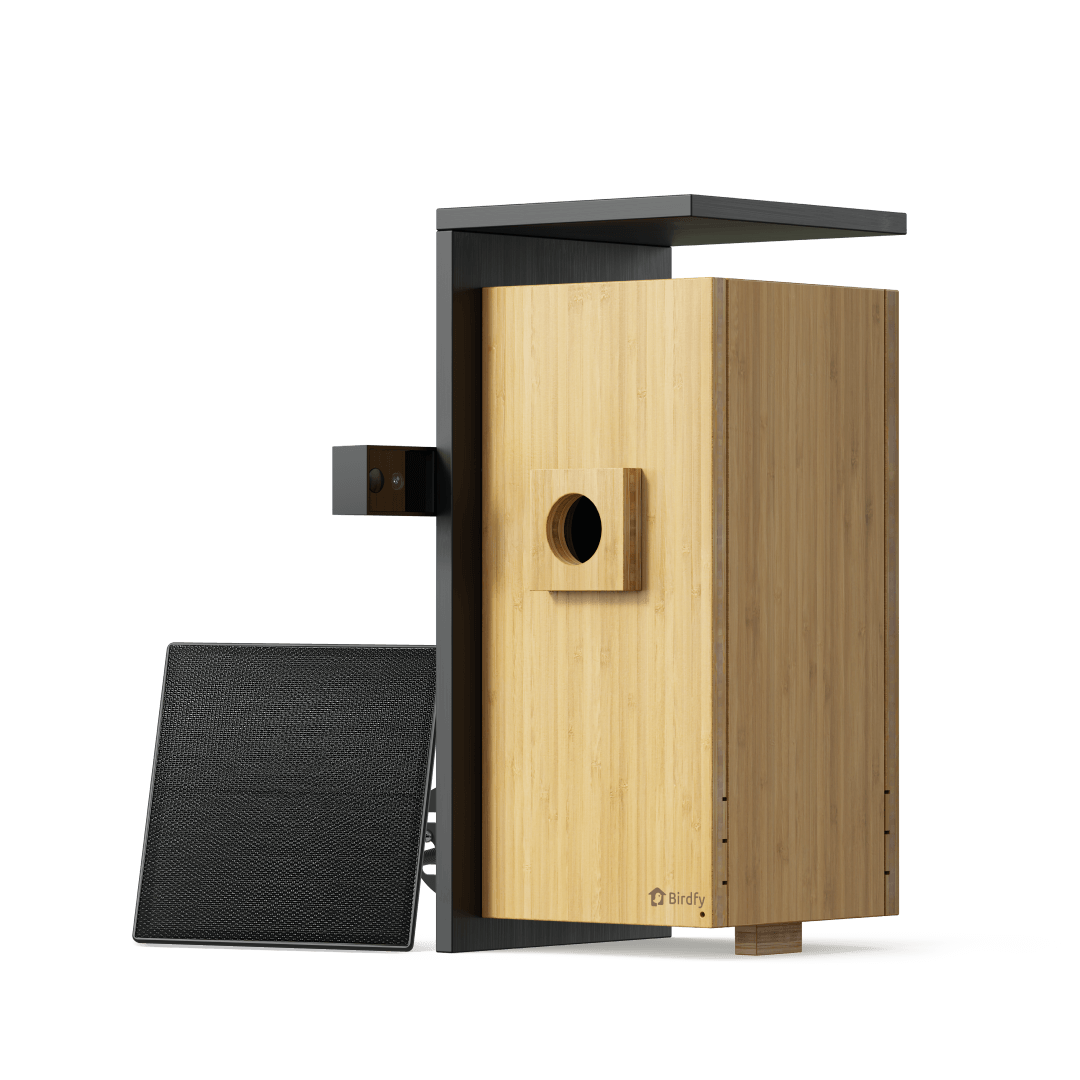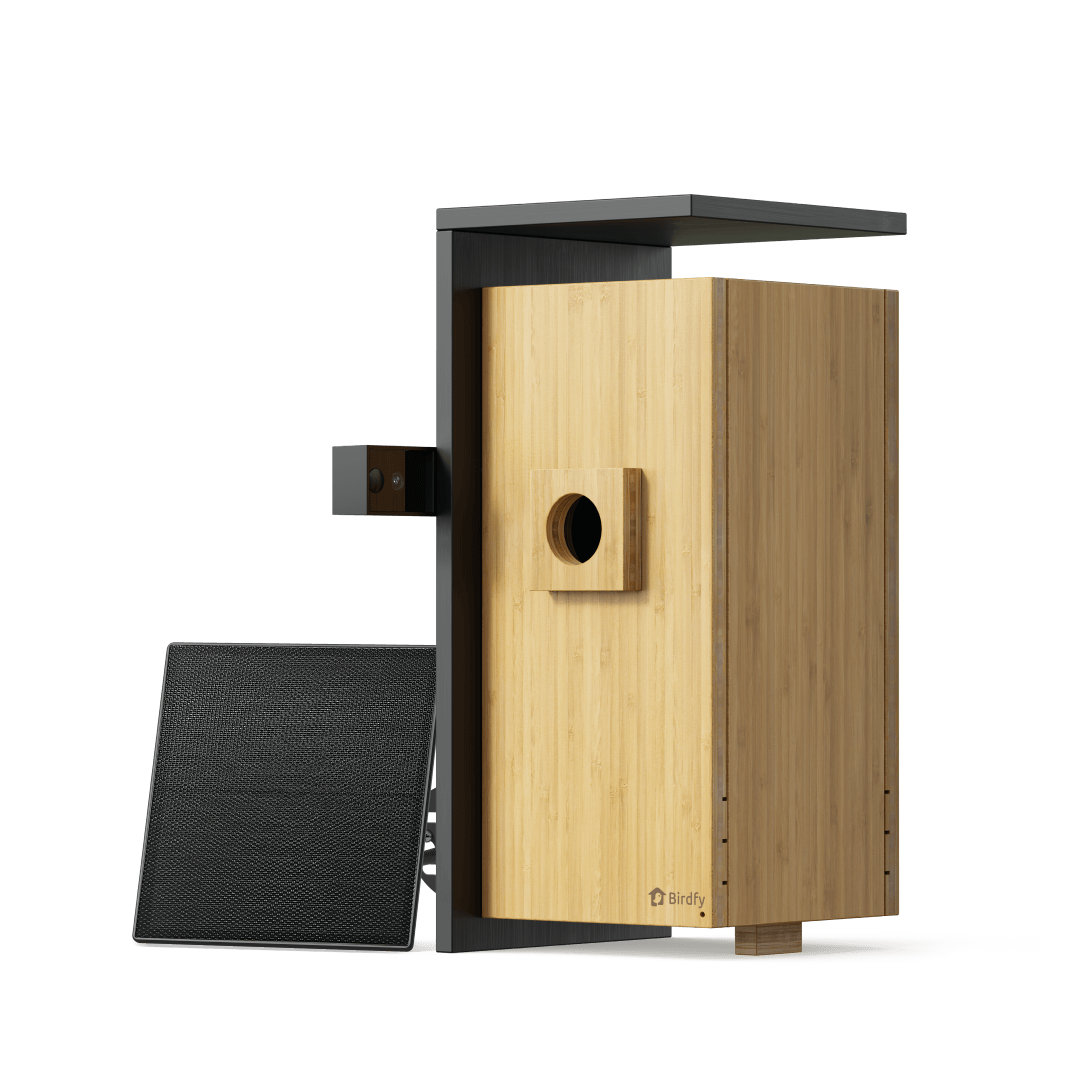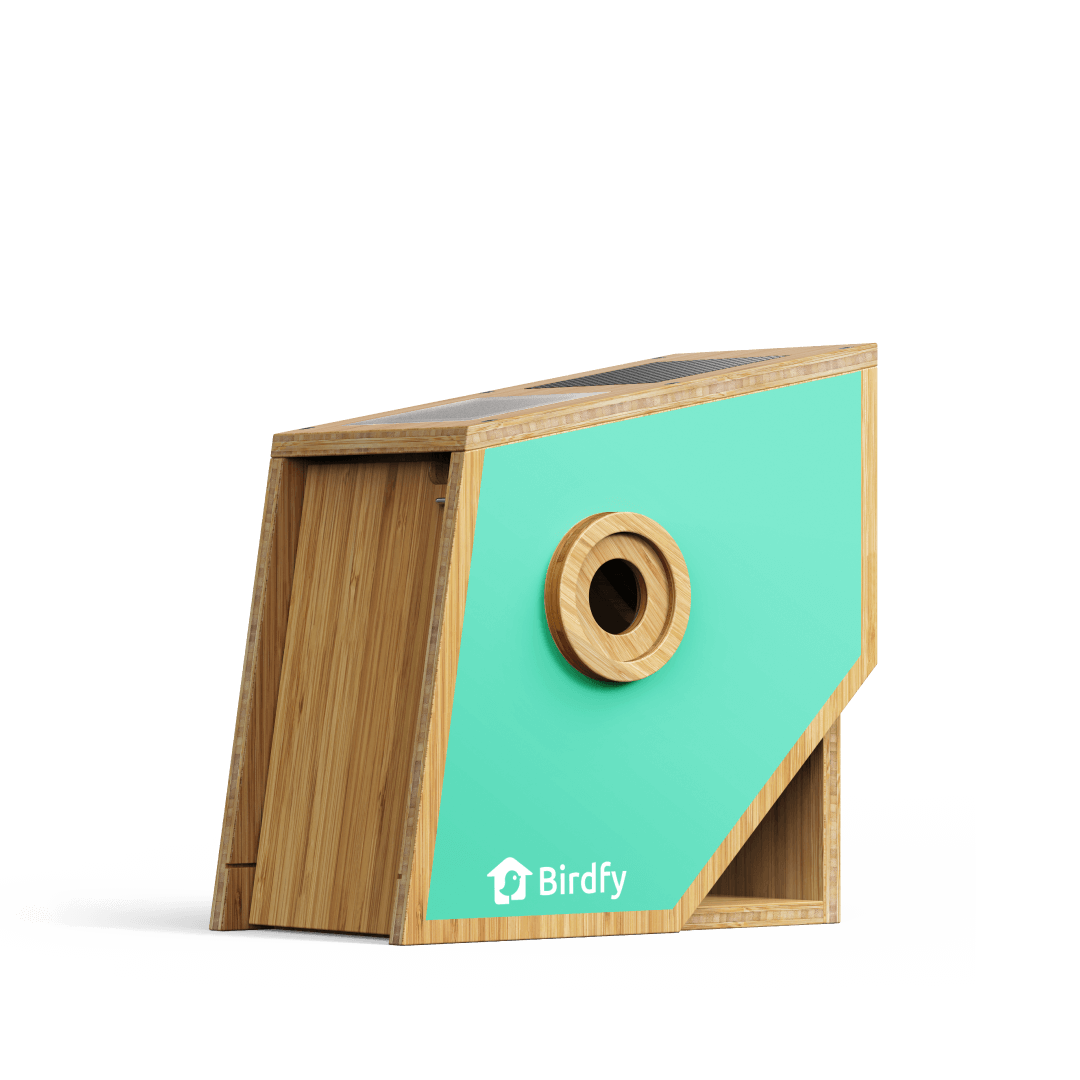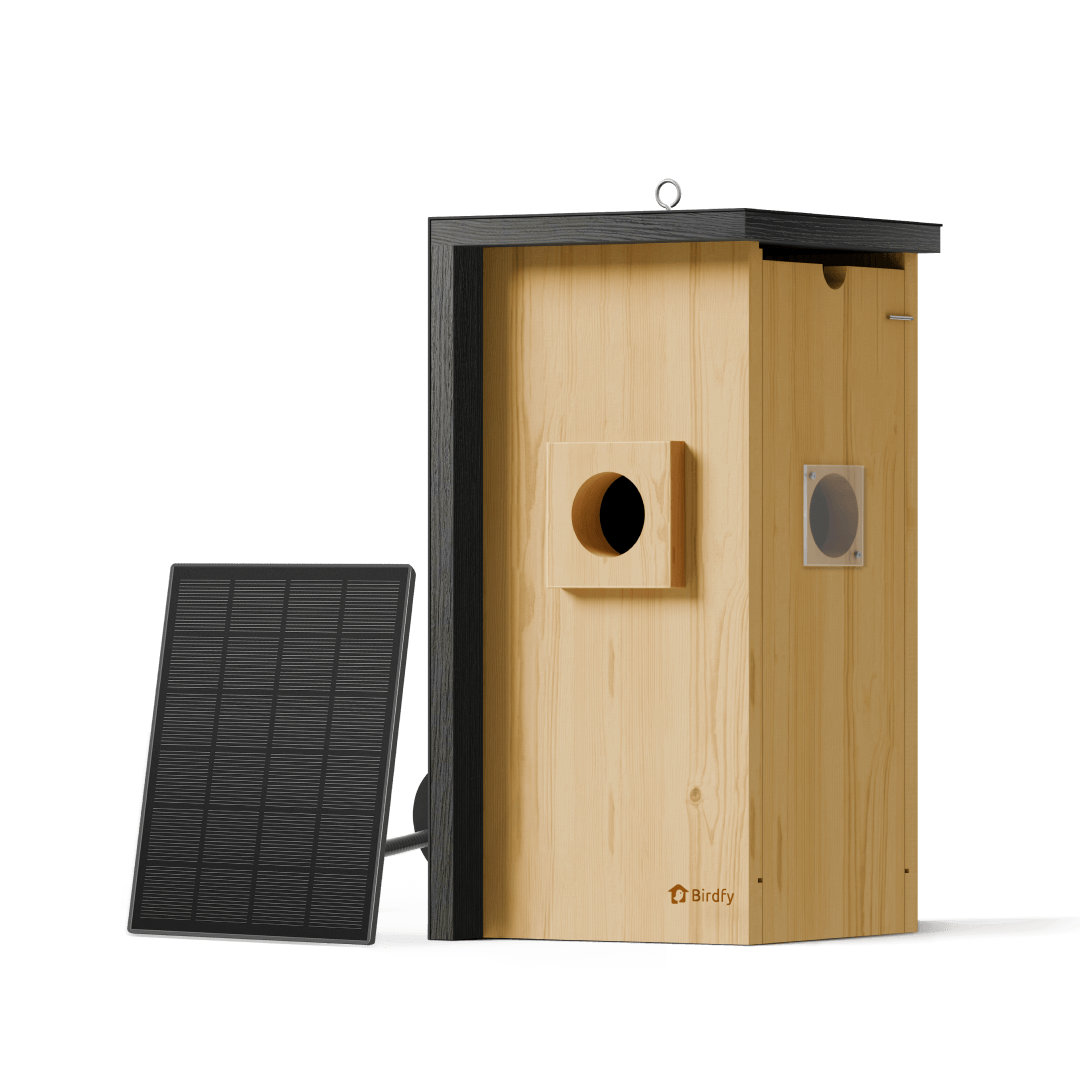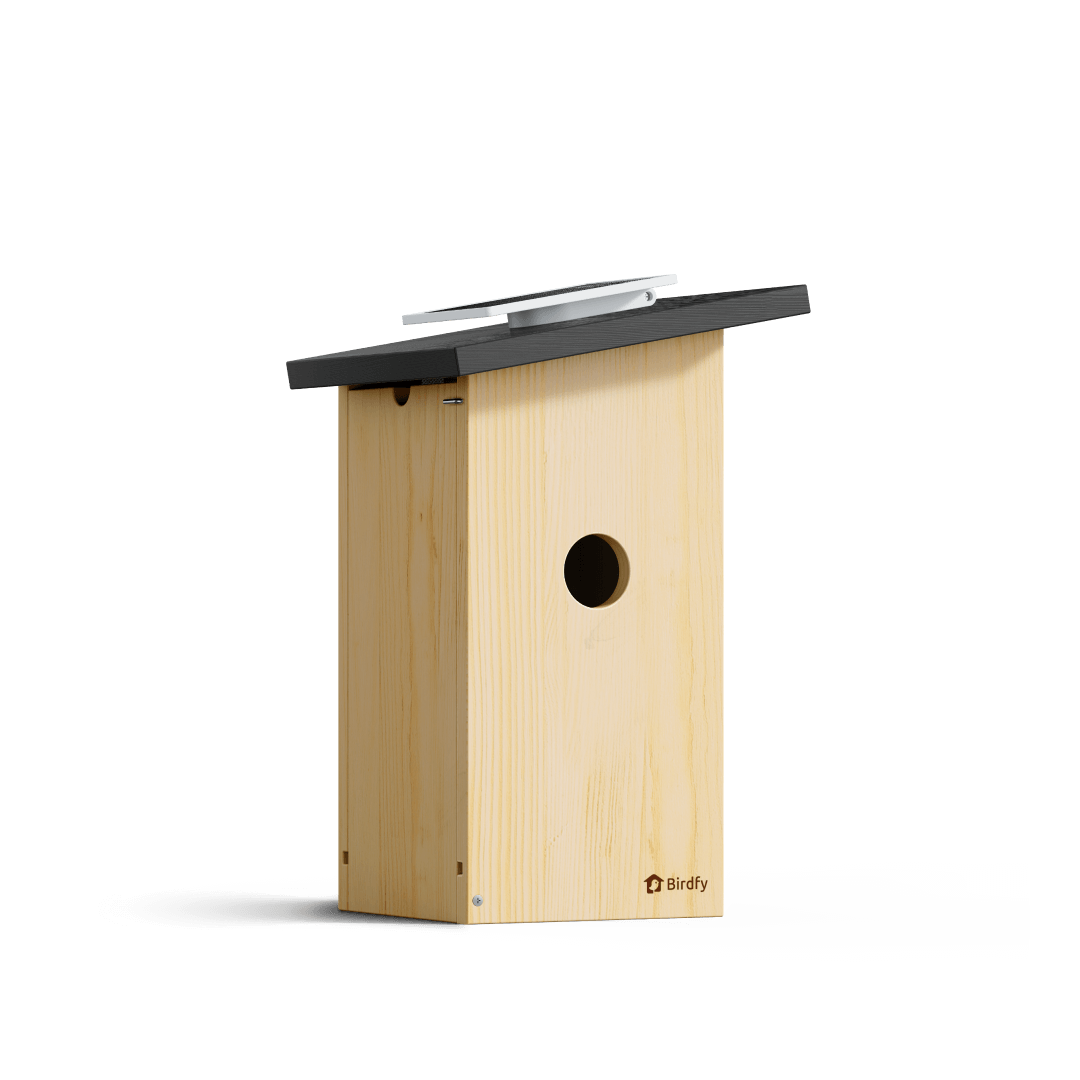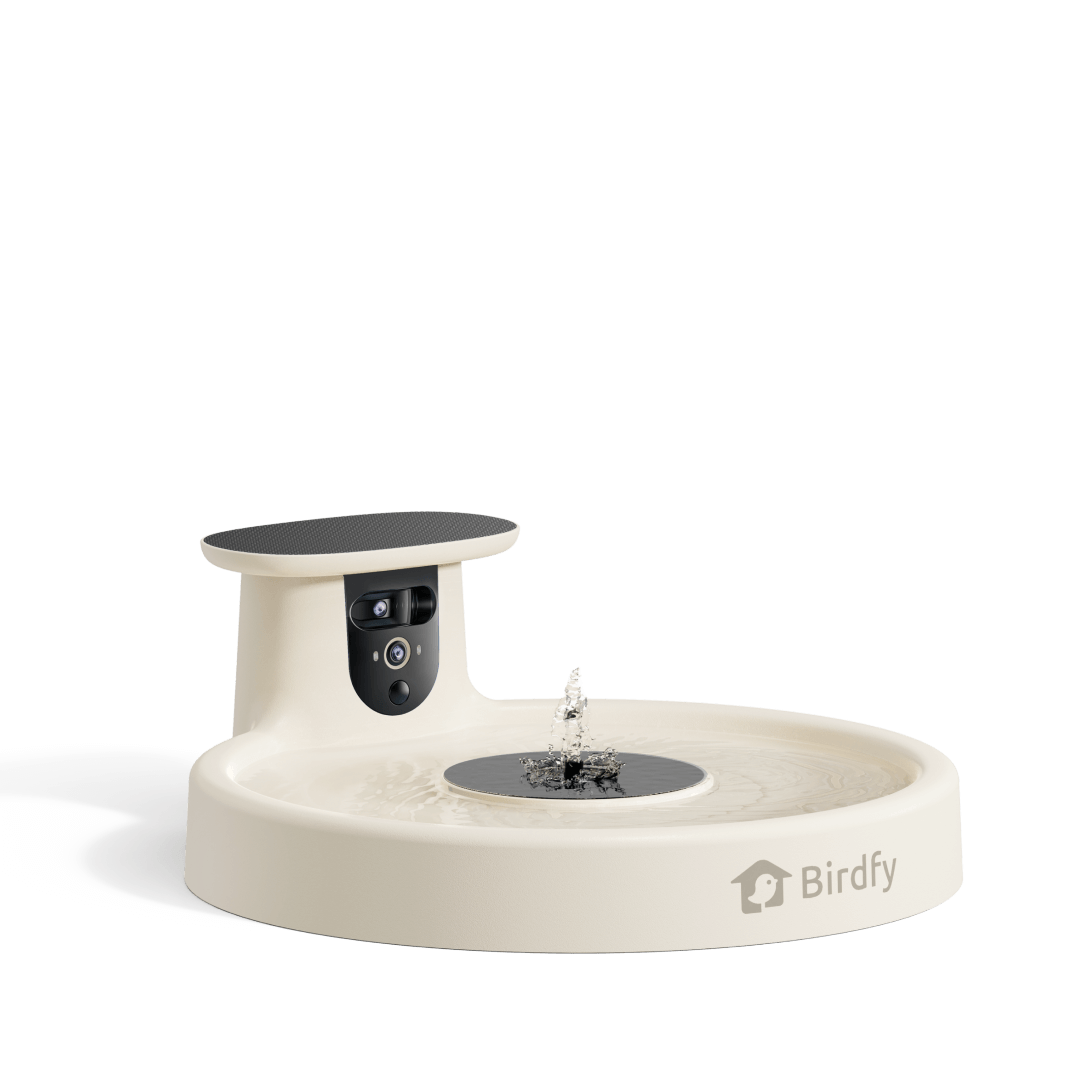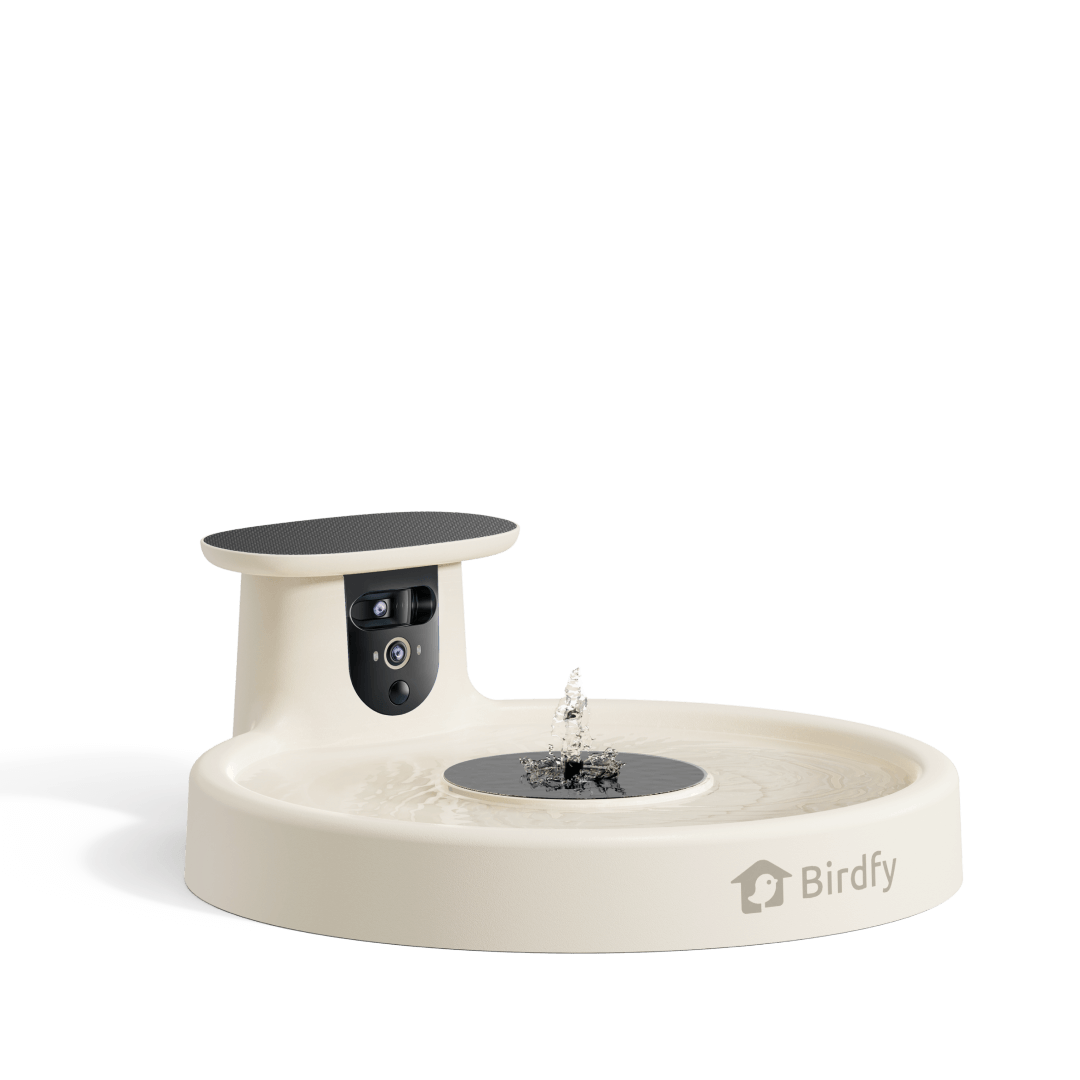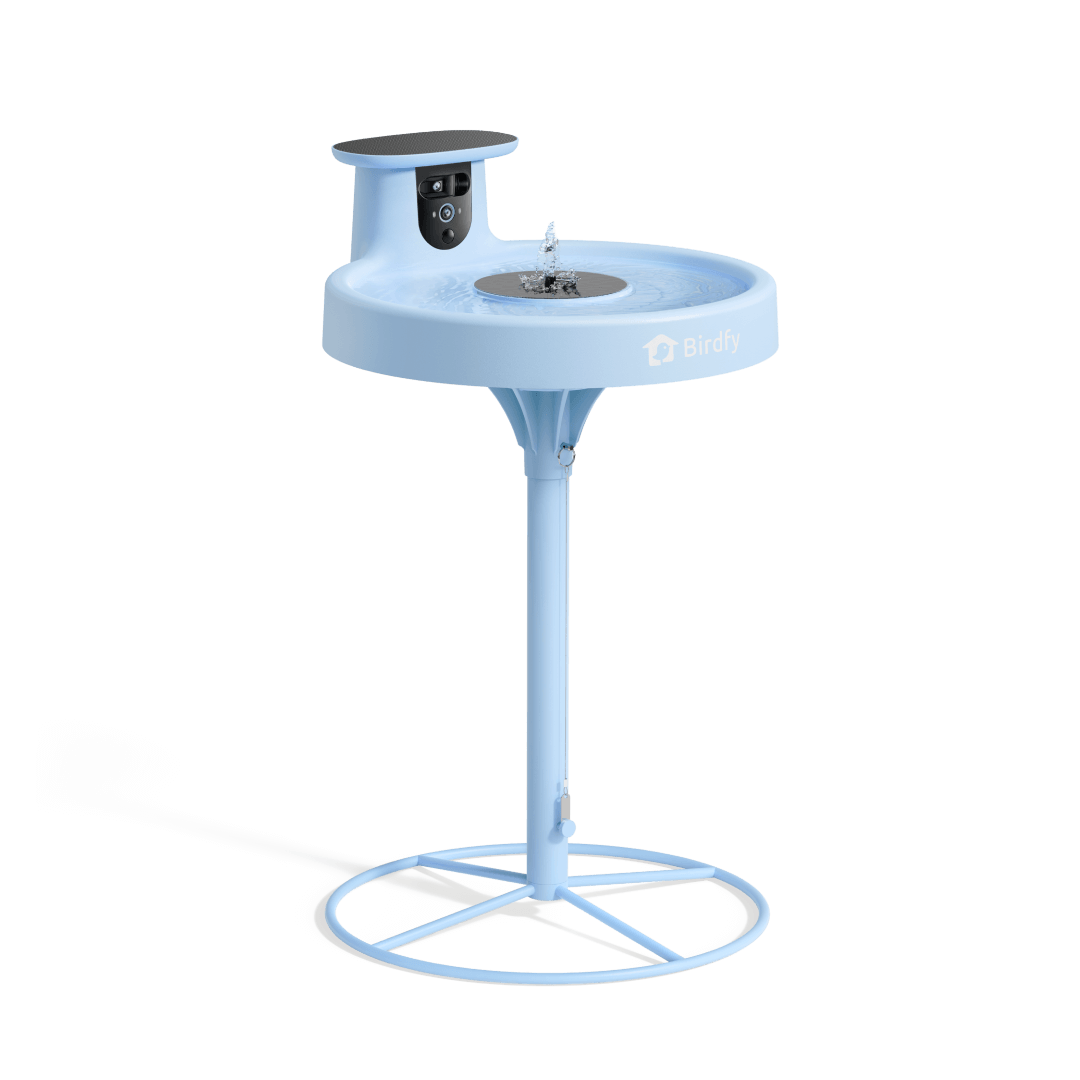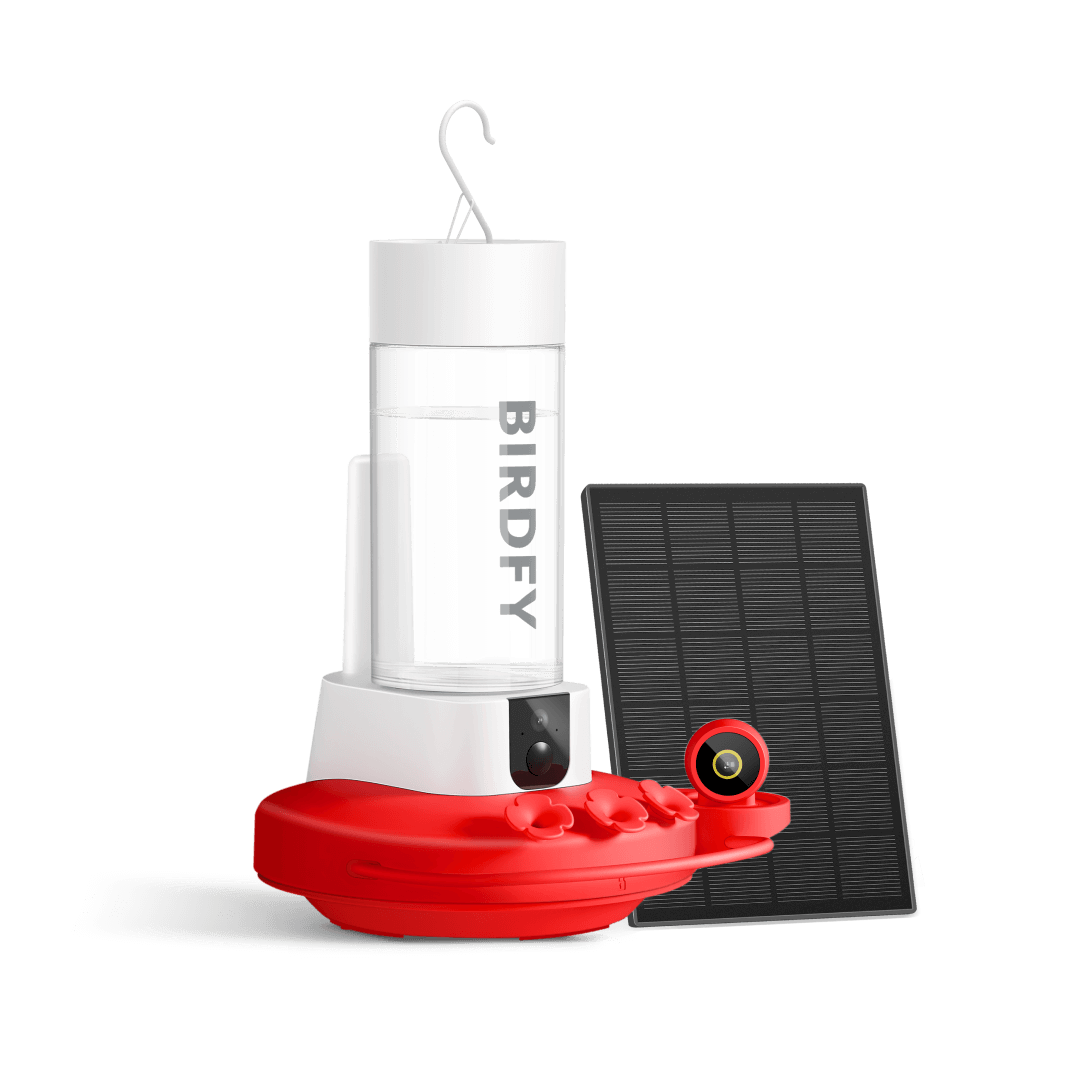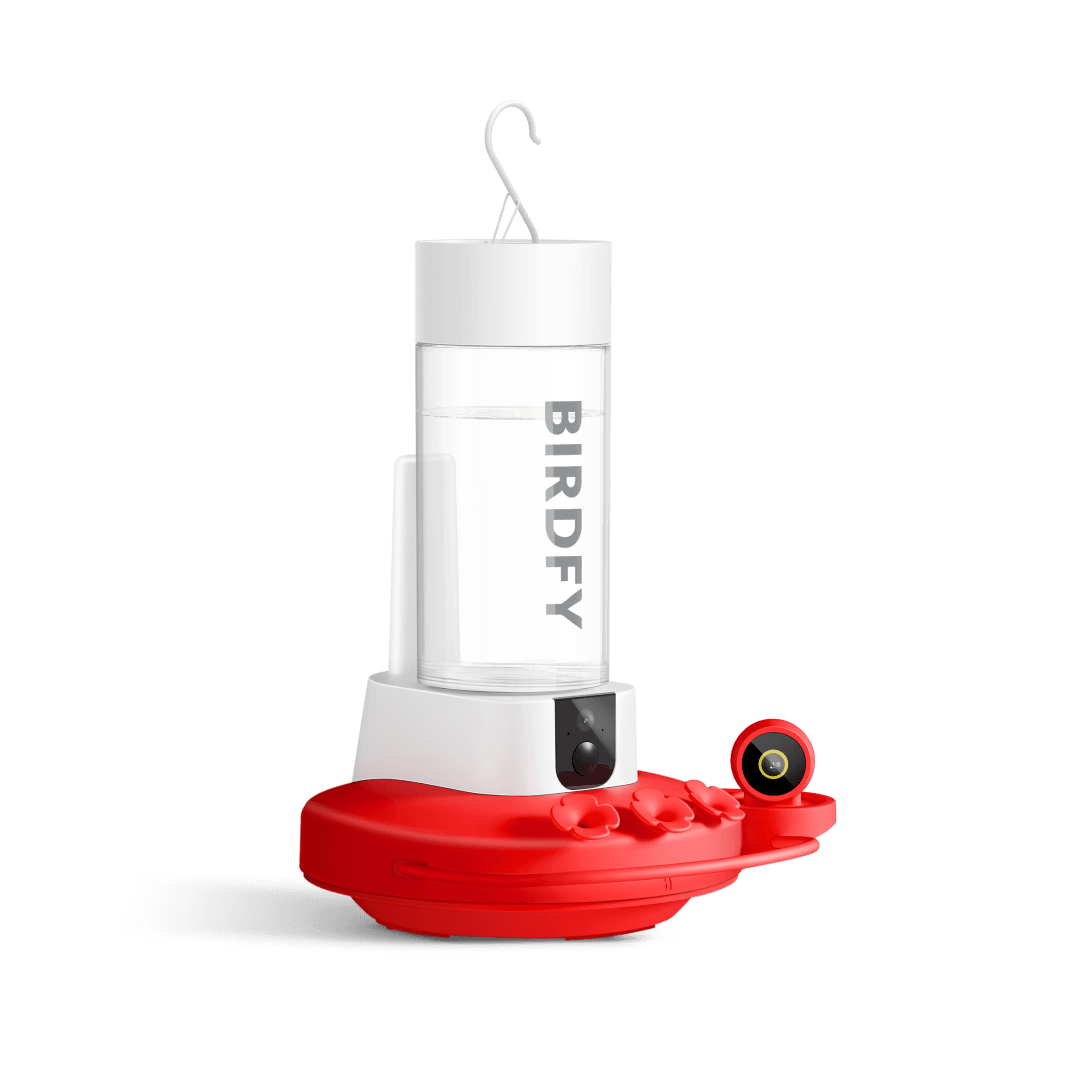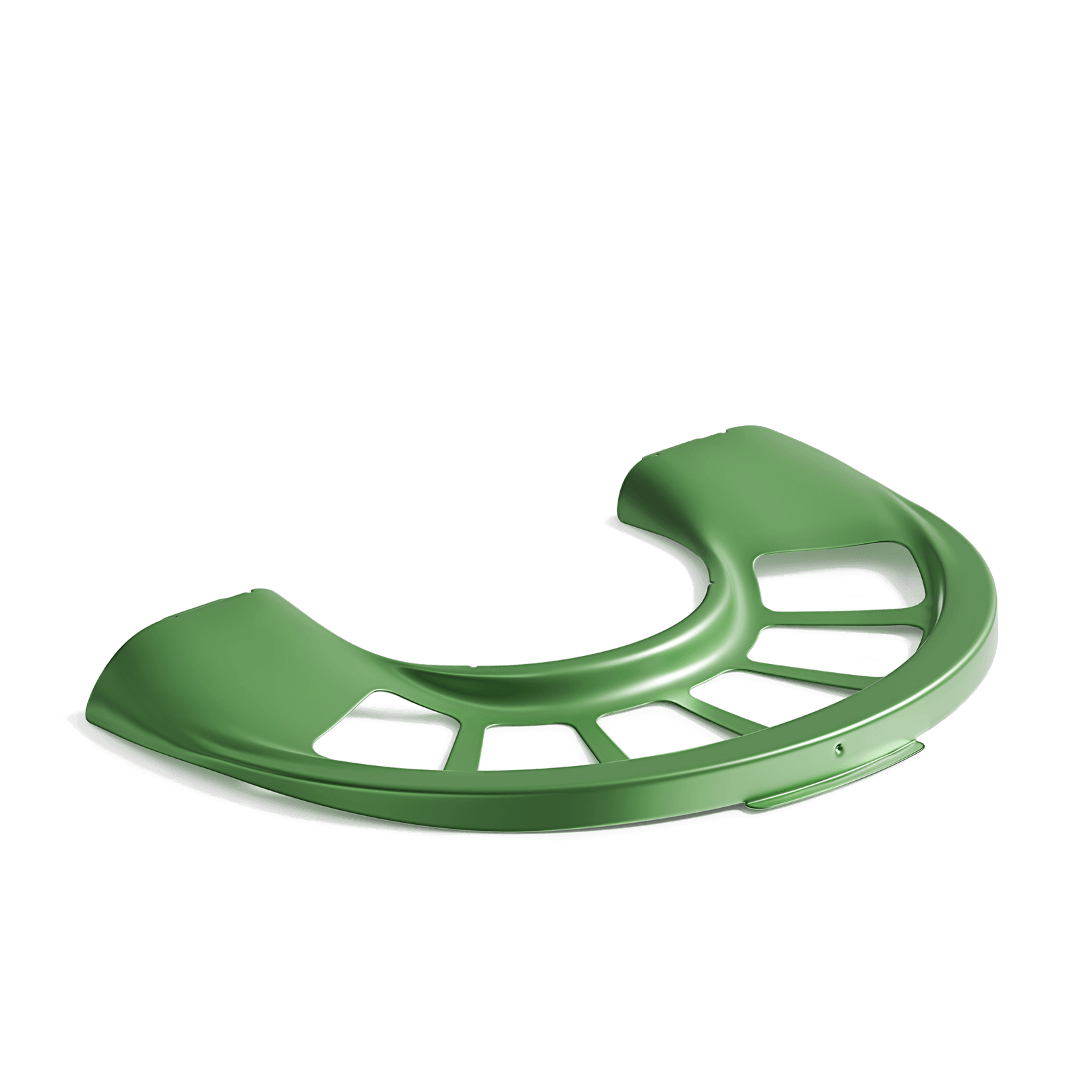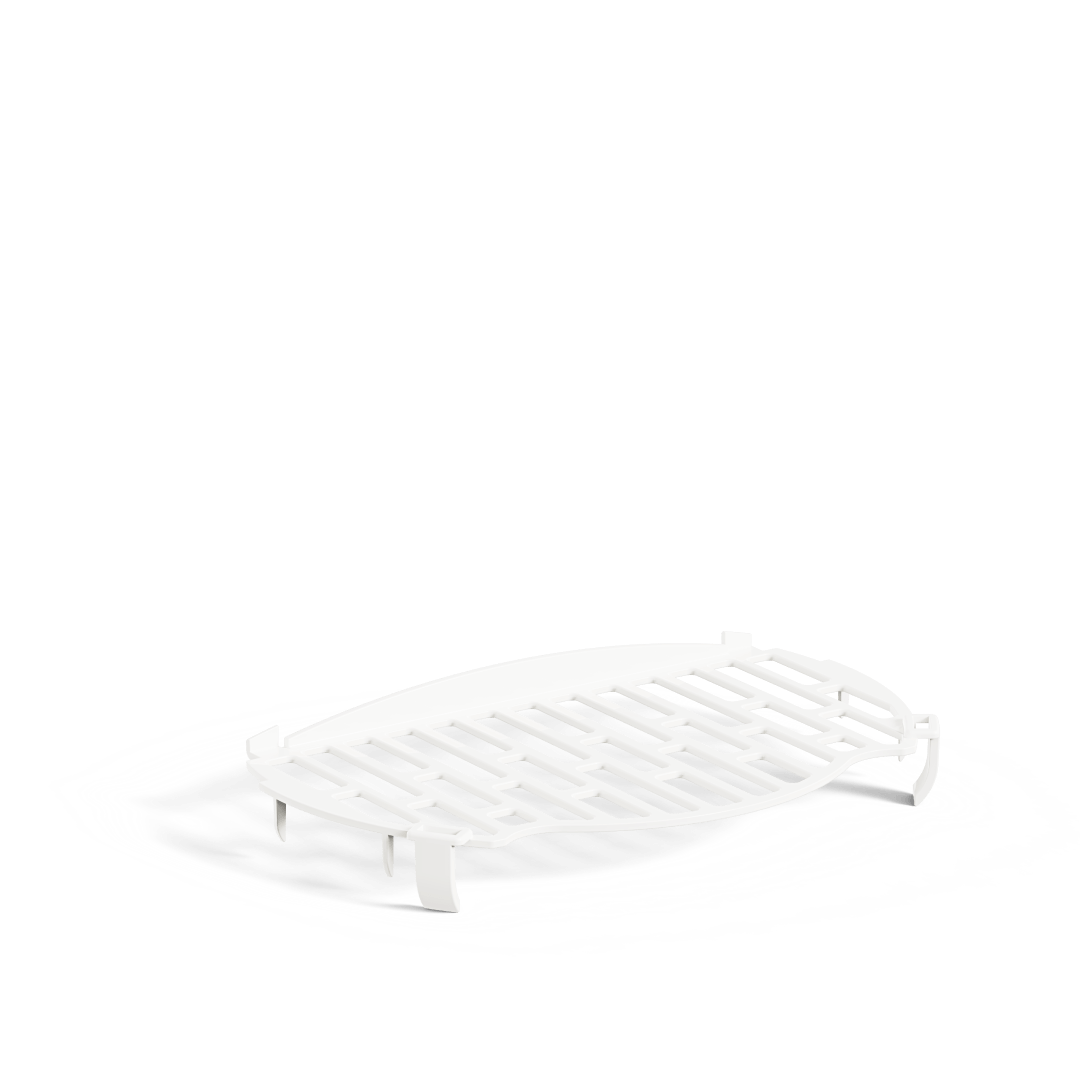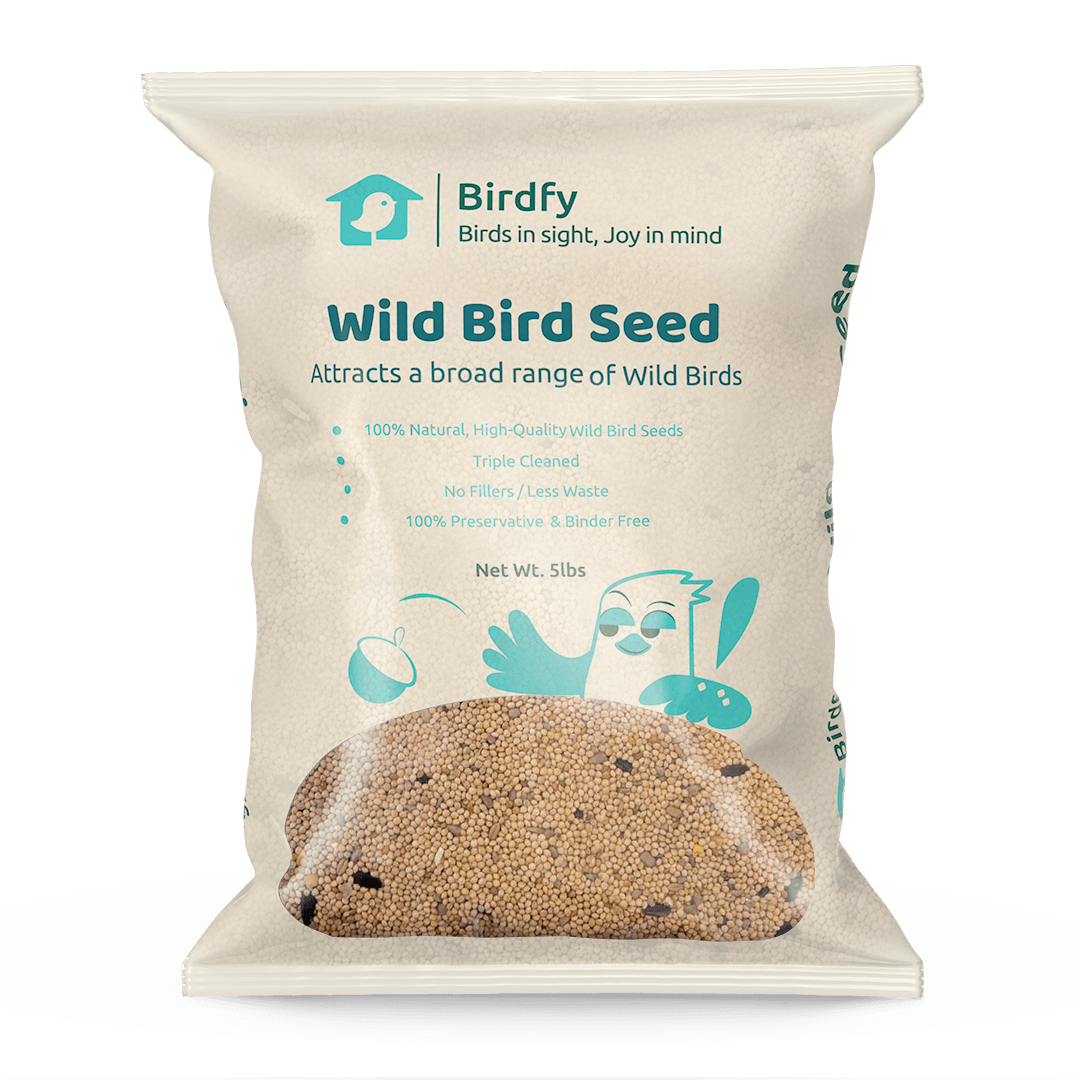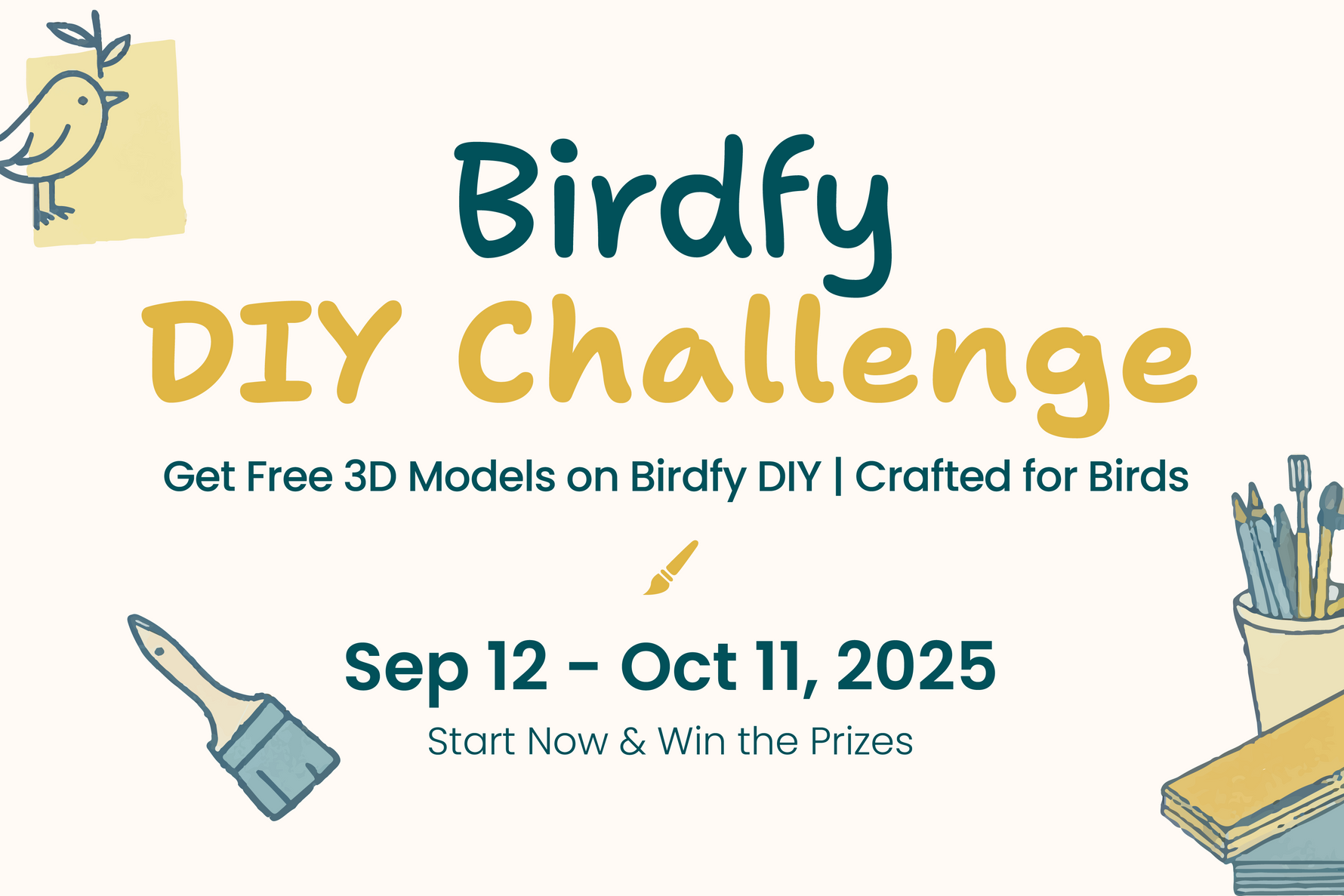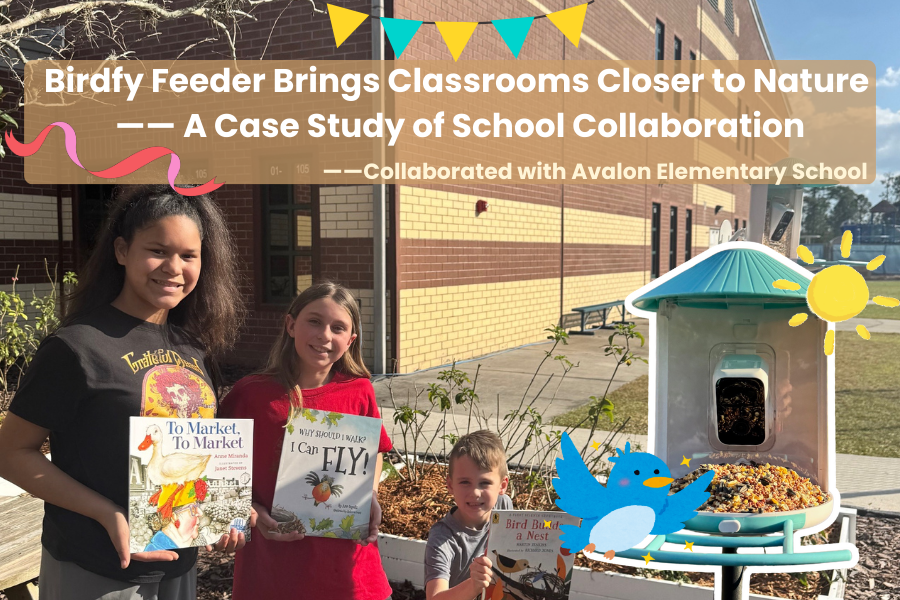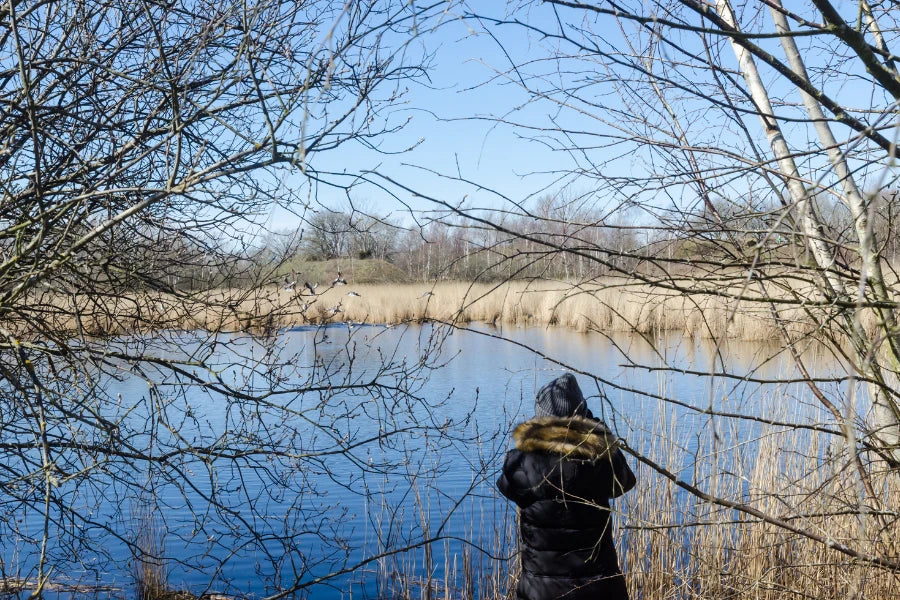Fun Facts about Bird Nests
Introduction: The Fascination with Bird Nests and Eggs
When referring to bird's nest, we should start from the development history of birds. In the ancient dinosaur era, although people excavated many fossils of birds, no nest fossils have been found so far, but we can roughly understand the nesting behavior of birds through his ancestral dinosaurs. Dinosaurs lay two eggs at a time, arranged vertically in a fixed shallow pit. This shallow pit is the original prototype of the bird 's nest, which is the remote imagination of human beings on the evolution of birds. Nowadays, birds have changed a lot of habits and have many novel and strange nesting behaviors. This is actually a co-evolutionary phenomenon between birds and humans due to environmental changes.
Many birds are famous seamers and architects. Their nests are not only simple constructions of hay or soil, but also exquisite and durable designs. They not only have the effect of camouflage, but also can prevent rain and wind. The book lists many birds with weaving functions, such as grey short-billed Australian crows, sewn leaf warblers, and woven cloth birds. Their beaks can be like the artisan 's scrapers and needles, and can be coated with soil to penetrate the leaves. The nests of woven cloth birds are like gourds, hanging on branches, and some nests also have long passages. Plant stems and leaves, soil, etc. can be applied, saliva and mud, with a bird 's beak in the trunk to dig holes, etc., the nesting function of birds beyond human imagination. The main functions of the nest include accommodating eggs or chicks, heat preservation and protection. The nest provides a place for birds to hold eggs and chicks, so that eggs can gather together to facilitate the hatching of parent birds. In addition, the microclimate conditions of the nest are crucial to the successful hatching of eggs and the healthy development of chicks. The bird 's nest is usually woven from plant fibers, branches, hay and other materials. It has good thermal insulation performance and thermal insulation effect, which is conducive to the normal hatching of eggs and the rapid development of chicks.
Magpie and its nest
The appearance of the magpie nest seems to be rough in structure, but there are holes in the interior. It can be roughly divided into 4 layers: A is the outermost messy tree stick layer, which is spherical and also constitutes the roof of the whole nest ; b is a delicate bowl-shaped layer made of soil inside ; c is a layer inside, which is a soft material such as leaves and grass roots paved in a muddy bowl ; d is the innermost layer and the softest layer of material, mostly feathers, grass leaves and hair. And they 're just as big as you can see. In Denmark, a magpie 's nest was recorded to be made up of 598 branches weighing 4.6 kg.

It's not hard to imagine the time and effort required to build a nest like this, and even this season you can observe that some magpies are already busy holding branches outside their nests. One question may not sound so interesting, but perhaps many people had this puzzle: is the magpie's nest their home?
The Role of the Bird 's Nest
Answer to the question: Yes, and no. For most birds, nests are only temporary homes for eggs and young birds. Parent birds build nests for oviposition and brooding. After the young birds leave the nest, the historical mission of the nest is completed. There are currently more than 10,000 species of birds known in the world, most of which have various forms of construction and are located in different nests.

Nests, eggs, and nestlings of some North American gulls and shorebirds, from Manatee County Audubon
Evolution of Bird 's Nest: Classification
After understanding the function of bird 's nests, another question may follow: Why are bird's nests so diverse? Or, how do we now observe the evolution of various bird nests? It has to be said that this is a problem that fascinates all those who are interested in birds. Early studies mainly focused on describing what kind of nests are built by different birds, and where their nests are built and roughly classified. Which kind of magpie 's nest should belong to?

Eight basic nest types: a. cup-shaped, b. globose, c. globose with channel, d. discshaped, e. bed-shaped, f. concave-shaped, g. tumulus-shaped, h. cave-shaped, cited from Hansell 2000.
Evolution of the Bird 's Nest: Exploration
After classifying the shape of the bird 's nest, people are most interested in the question of why this is the case. Therefore, ornithologists began to try to superimpose the known nest information with the genetic relationship between the corresponding species to find the answer to how different nests evolved. In 2015, a study was published in the journal 'Auk' of the American Society of Birds. Based on the analysis of 97 laughingthrush' s ground / non-ground nests and cup / spherical nests, it was found that the nest height of spherical nests was lower than that of cup nests. This may be due to the fact that the types of ground nests need better hidden conditions to avoid natural enemies, so they build more closed spherical nests.

The model predicts the results of nest height and nest position of ' Laughingthrush '. The arrow indicates the direction of evolution and transformation. The thicker it is, the greater the possibility is. It can be seen from the figure that both the cup-shaped nest and the spherical nest have a tendency to become higher, while the ground nest has a tendency to change into a spherical nest, which is cited from Hall et al. 2015.
Evolution of the Bird 's Nest: The story is far from over
Thanks to the progress in the field of molecular genetics in recent years, researchers can get more and more detailed and reliable estimation and reconstruction of the genetic relationship between birds. In the Internet age, the acquisition of research data has become more convenient and efficient. Especially represented by the HBW Alive online database launched by Lynx Press in Spain, almost all aspects of the information of living birds can be seen at a glance between the mouse and the mouse. Better conditions have also led to more comprehensive research.
In May 2018, Dr. Hong Zhiming 's research team from the Biodiversity Research Center of Taiwan Chinese Academy of Sciences published a paper on ' Nature Communication ', a sub-publication of Nature Publishing Group in the United Kingdom, which reconstructed the phylogenetic relationship and comprehensively analyzed the nest shape of all 242 families of living birds in the world. They discussed in three dimensions (nest site, nest structure and construction method / nest and substrate connection method), and found that :
1) Cup-shaped nests are the most common in living birds, followed by secondary cavity nests, globular nests and platform nests;
2) The above different nests are not evenly distributed in Passeriformes and non-Passeriformes. In Passeriformes, most of them are cup-shaped nests and spherical nests, while almost all of the platform-shaped nests are non-Passeriformes members;
3) Most of the non-passerine families in the cave nests have a close relationship, but the relationship between the passerine families in the cave nests is usually far away;
4) Nearly 1 / 5 of all families have simple shallow concave nests, all of which belong to non-Passeriformes;
5) Nearly 2 / 3 of all families built their nests on trees. Most of the ground nests belonged to non-Passeriformes, and most of them built their nests in non-tree vegetation.

All in all, the nesting behavior of living birds presents a very diverse situation in three dimensions (nest site, nest structure and construction method), and there is no consistent change. However, there is indeed an internal connection between the evolution of the three dimensions. Our exploration of the mystery of the evolution of the bird 's nest may have just begun.
Share




